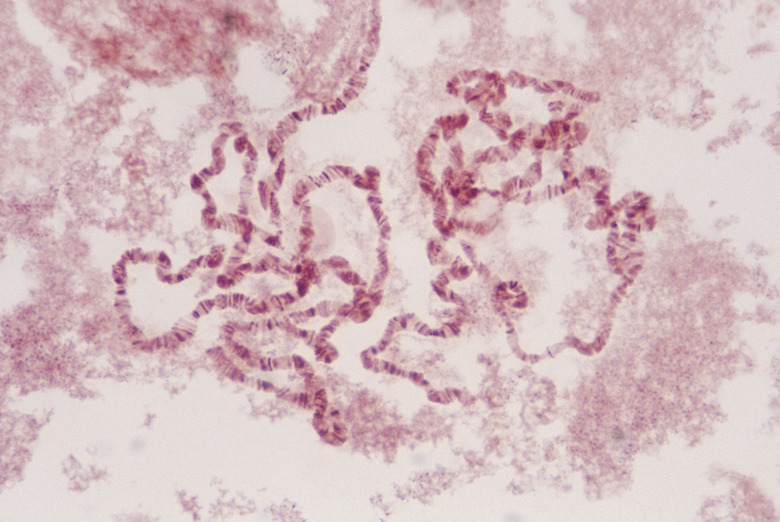Degradation Of Cheek Cells
Cheek cells are easily removed from the inner lining of the mouth and are a great source of human DNA. However, the cells must be broken apart before the DNA can be extracted and studied.
There are multiple ways of degrading cheek cells. The goal of each method is the same: break apart all membranes inside of a cell without destroying the strands of DNA.
Cheek Cell Description
Cheek Cell Description
You might think of cells as bulbous and circular, but if you looked at a cheek cell under microscope, it would look flat, thin and irregularly shaped. Inside our mouths, they work to protect us from bacteria and break down our food to make it more easy to digest.
Our cheek cells are an incredible reminder of how our body is constantly working and regenerating. Over the course of about 24 hours, cheek cells cells divide and regenerate. The old cells get shed from the body to make way for the new ones, displaying how quickly human cell regeneration can work.
Cheek cells are one of the fastest examples of the human cell turnover rate, with just skin cells and intestine lining clocking in at under 24 hours for regeneration.
Crushing
Crushing
Physically crushing cheek cells will release the DNA that is inside of them. Cells are made of membranes and an internal protein skeleton. Like any skeleton, it is strong but can only withstand so much pressure. Simple ways of crushing cells in a laboratory are dissolving them in a small volume of liquid and then passing the liquid through a small syringe several times.
Sucking up and squirting cells vigorously will burst them. More high tech ways of breaking cells include sonication, which is the use of high frequency vibrations that mix a liquid solution so much that the cells inside it will burst.
Osmosis
Osmosis
Osmosis is the random but directional movement of water from a place where there are many free water molecules to places where there are fewer. Water is like many mini-magnets that like to surround salts and other types of molecules, separating them from each other. This is why a tablespoon of salt disappears when mixed into a cup of water.
Free water molecules are the ones that are not busy separating salts. A hypotonic solution is a liquid that has fewer salts and more free water than is found within a cell while a hypertonic solution is the opposite. Placing a cheek cell in a hypotonic solution will cause water to rush into the cell, which causes the cell to burst open and release its DNA.
Digestion
Digestion
Lipases are enzymes that break down fats and can be used to break open cells. This is how meat is digested in your stomach and intestines. The cell membrane is made of oily molecules called phospholipids. Lipases are enzymes that specialize in breaking phospholipids into smaller pieces.
There are many types of lipases, which are secreted by your mouth, stomach and pancreas. Different lipases are active in different parts of the digestive tract. However, lipases can also be put into test tubes along with cheek cells. The cell membranes will be digested and the DNA will spill out.
Detergents
Detergents
Detergents are chemicals that behave like soap, which can break apart the membranes of cells. Detergents are molecules that are water-fearing at one end, meaning oily, but water-loving at the other end, meaning polar. This property allows them to turn a cell membrane into small clumps of membrane material, which releases DNA out of the cell.
The cell membrane is a phospholipid bilayer, meaning it is a sandwich of oily molecules that keeps water and salts from freely passing in and out of the cell. Treating a cell with detergents is a common way that researchers break open cells.
Cite This Article
MLA
Ph.D., David H. Nguyen,. "Degradation Of Cheek Cells" sciencing.com, https://www.sciencing.com/degradation-cheek-cells-23327/. 13 May 2019.
APA
Ph.D., David H. Nguyen,. (2019, May 13). Degradation Of Cheek Cells. sciencing.com. Retrieved from https://www.sciencing.com/degradation-cheek-cells-23327/
Chicago
Ph.D., David H. Nguyen,. Degradation Of Cheek Cells last modified August 30, 2022. https://www.sciencing.com/degradation-cheek-cells-23327/
